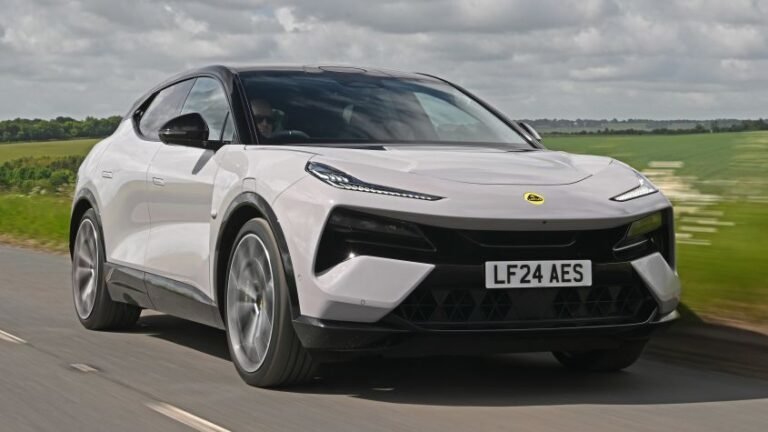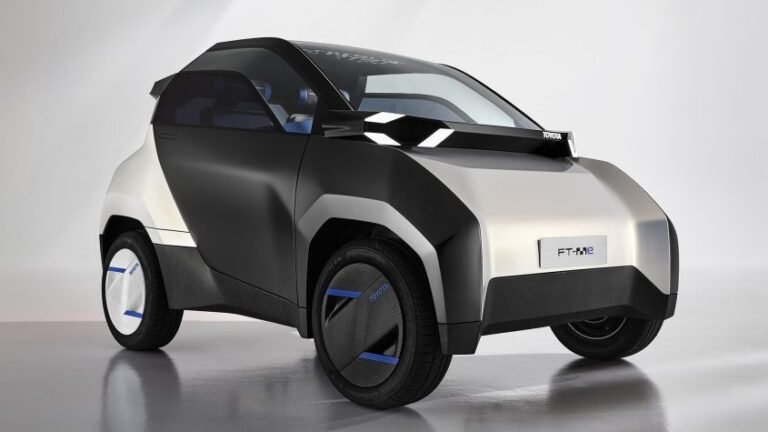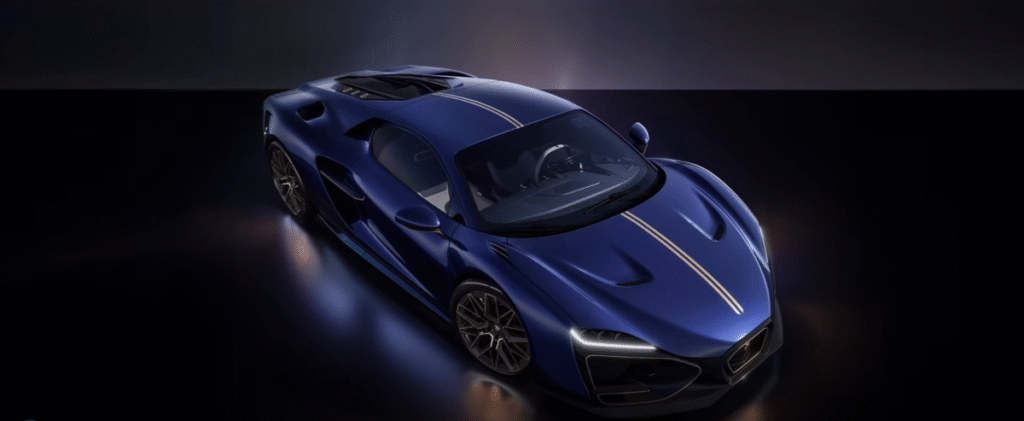
Vittori Used AI And Pininfarina to Design A Hypercar
Pininfarina has been giving shape to automotive dreams since 1930. The Italian design house has sculpted everything from the most beautiful Ferraris ever to the electric Battista hypercar. So when Californian startup Vittori approached them to design the Turbio hypercar, we’re sure eyebrows raised. Not because of the audacity of a young hypercar company seeking the best, but because of how they wanted to do it: with AI leading the charge.
Carlos Cruz, CEO and founder of Vittori, didn’t follow the traditional playbook. Instead of arriving with hand-drawn sketches of how he wanted his hypercar to look, he brought hundreds of AI-generated concept renders as a way to “quickly visualize possibilities”. Pininfarina’s task was to transform those digital visions into something real. The result debuted in Miami as a running concept, not just a static showpiece.
Pininfarina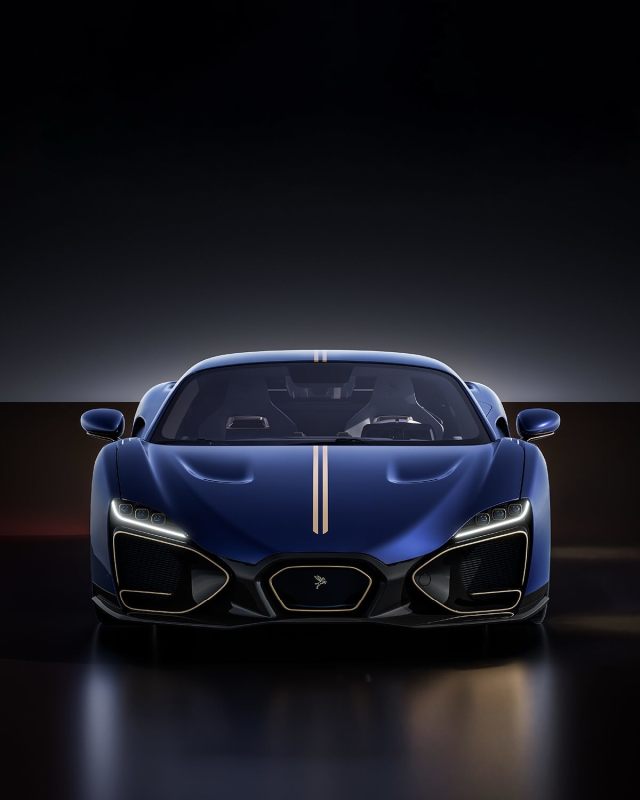
The Vittori Turbio Is Crafted In Italy, With More AI Tools
Under the impressive bodywork sits a naturally-aspirated V12 hybrid powertrain built by Italtecnica. The hybrid system produces 1,100 horsepower, launching the Turbio from 0 to 62 mph in an estimated 2.5 seconds. Italtecnica has already helped companies like Totem Automobili and Kimera Automobili put their name on the map with soulful engines.
The design carries echoes of McLaren and Alfa Romeo’s new hypercar in the front end, though the hexagonal grille and slim headlights give it a somewhat distinct identity. Vittori is leaning heavily on AI tools with the Turbio, even in its construction. AI-powered 3D printing shaped the chassis using carbon fiber, titanium, and advanced alloys. Inside, the Turbio rejects touchscreen overload. Physical knobs, dials, and switches will bring back mechanical engagement.
Vittori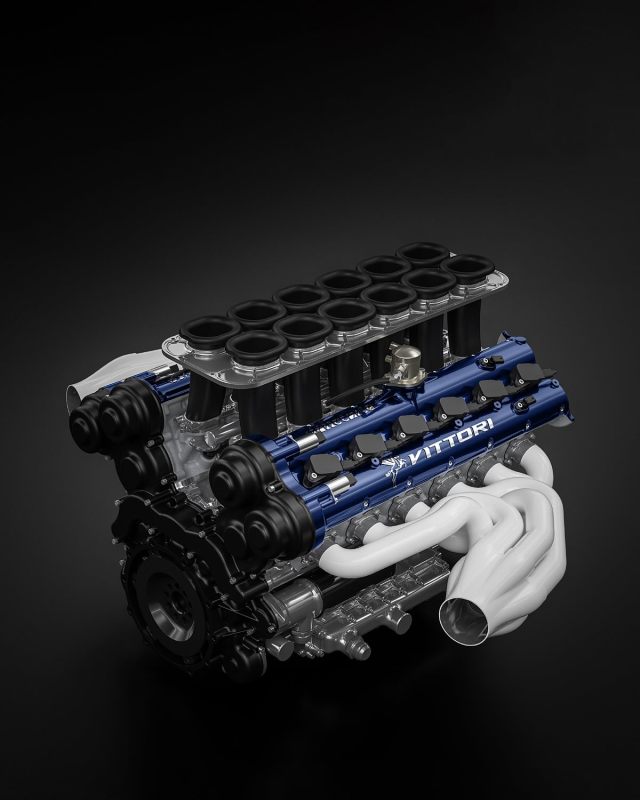
The Price of Progress
Only 50 examples will be built, each priced at approximately $2.5 million, with deliveries estimated for the fourth quarter of 2027. Cruz founded Vittori last year with a vision of redefining high-performance mobility, extending to eVTOL craft in the future. The company, while based in the United States, keeps manufacturing in Italy. The aim is to honor traditional craftsmanship while embracing cutting-edge technology.
Vittori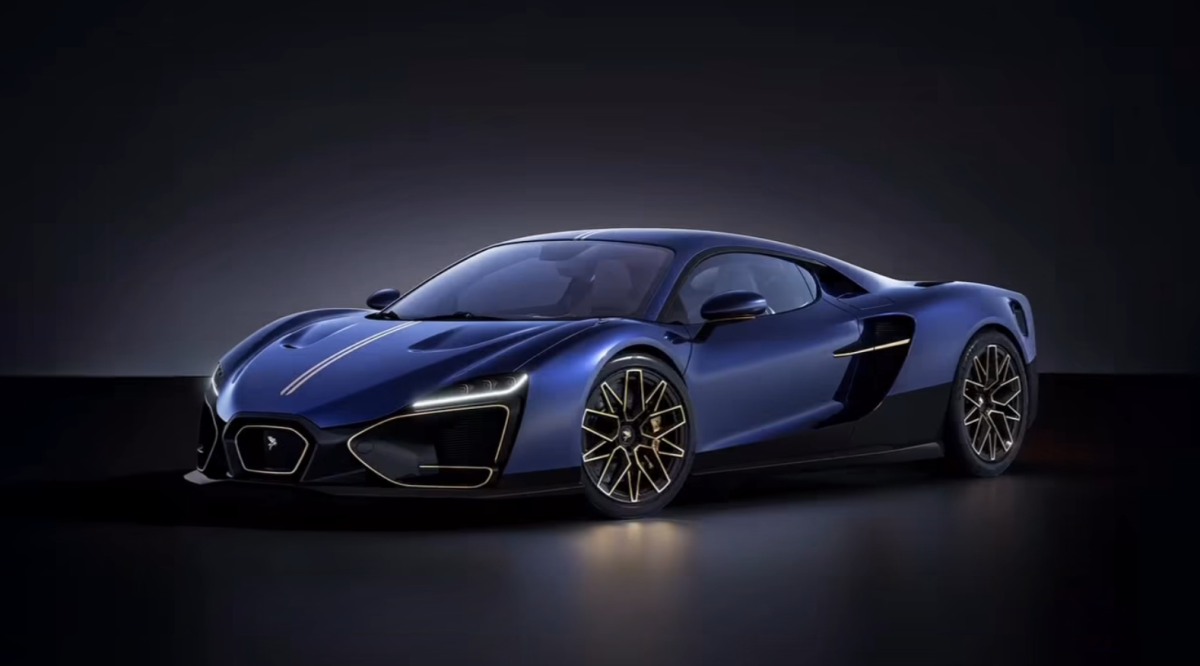
So here’s the question that lingers. When a design house as revered as Pininfarina opens its doors to AI-assisted concept sketches, one wonders if it’s an evolution or an erosion of the creative process. Is this the future of automotive design, or have we just watched tradition bow to convenience?
